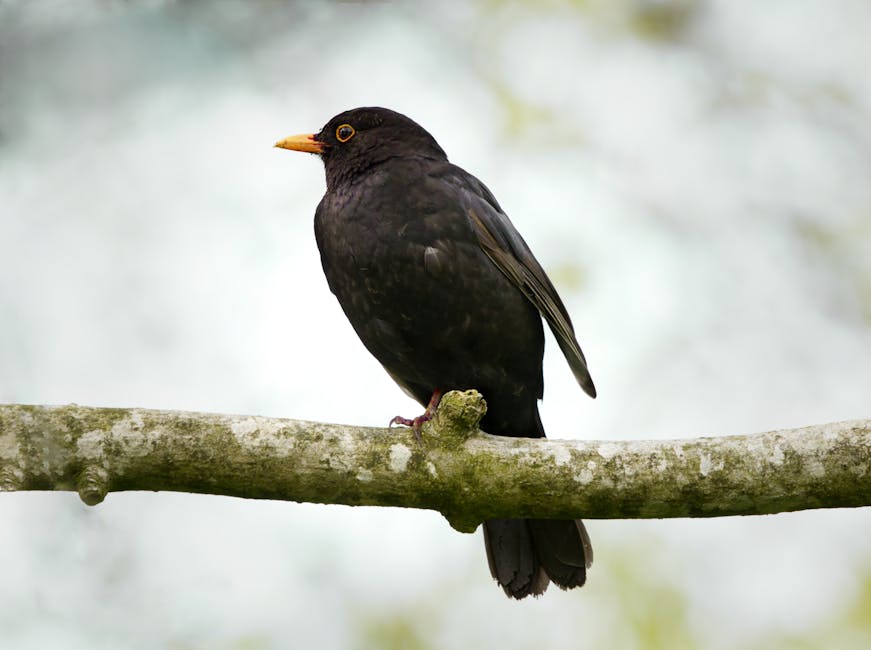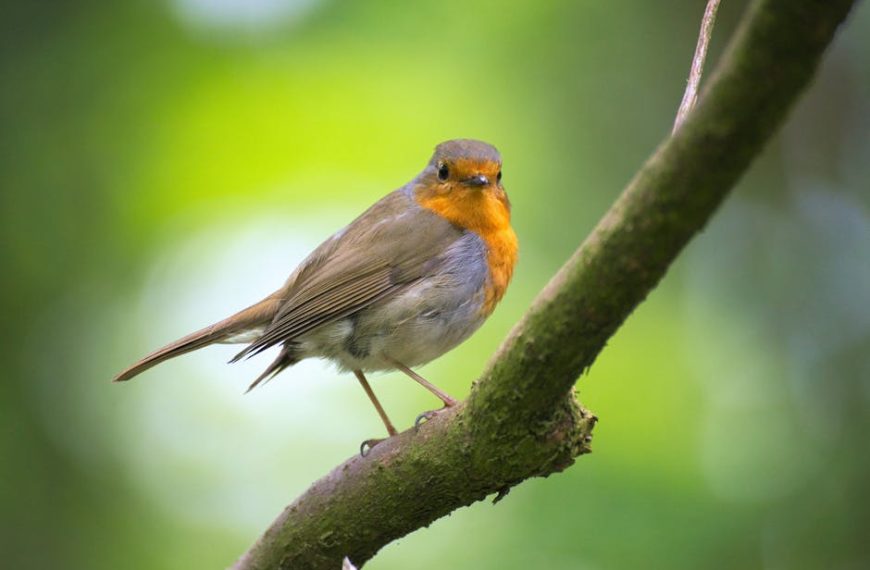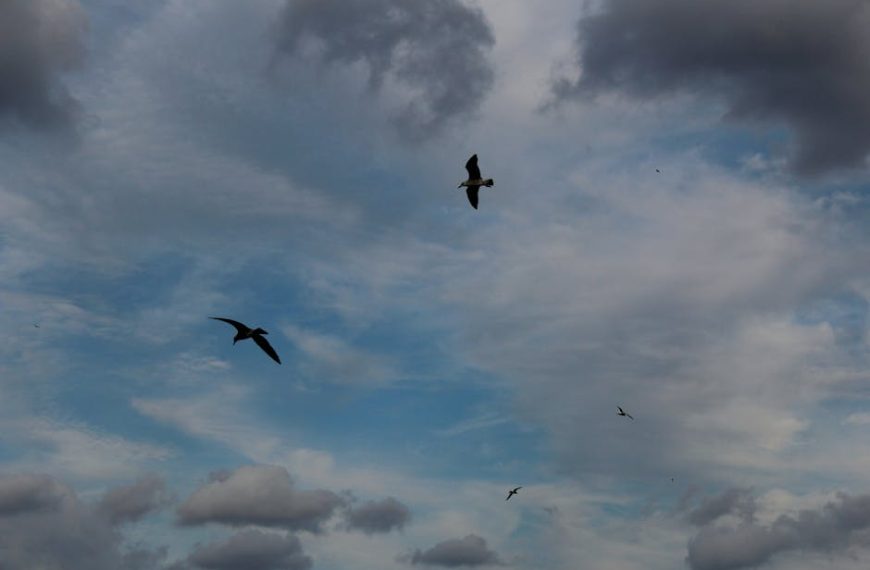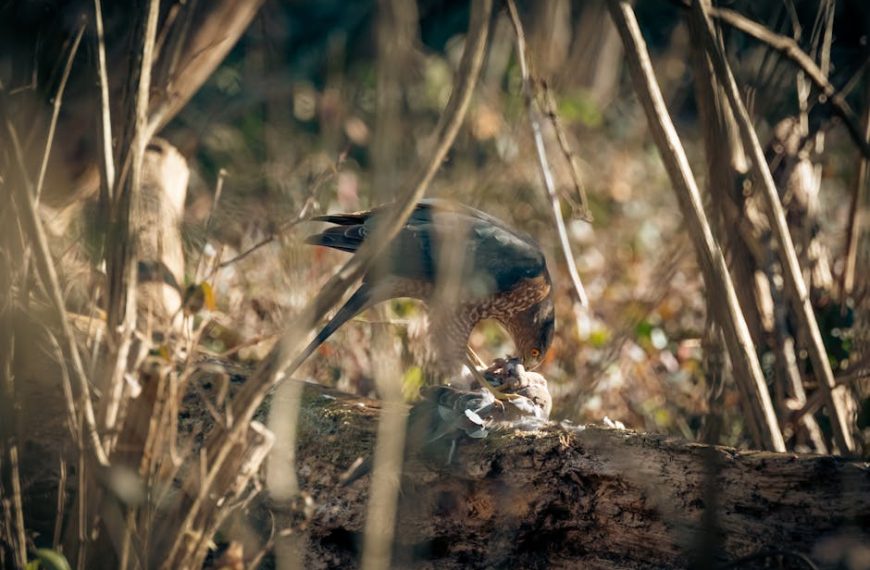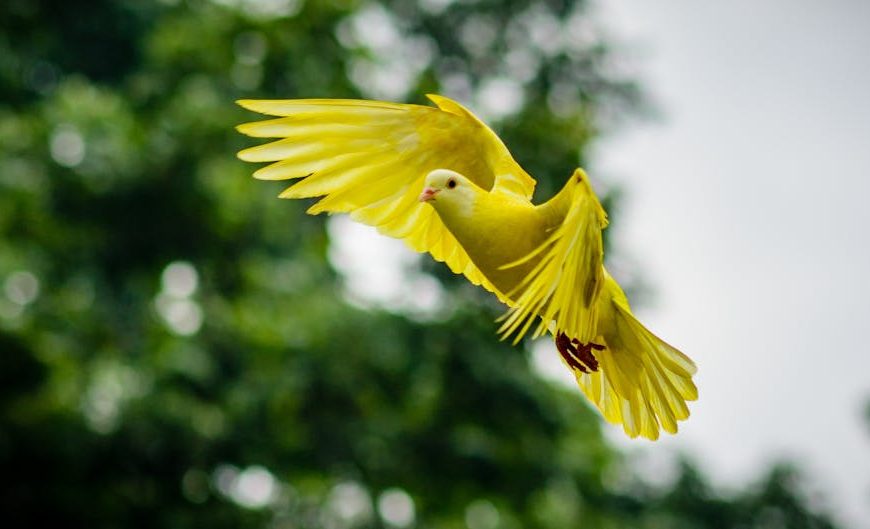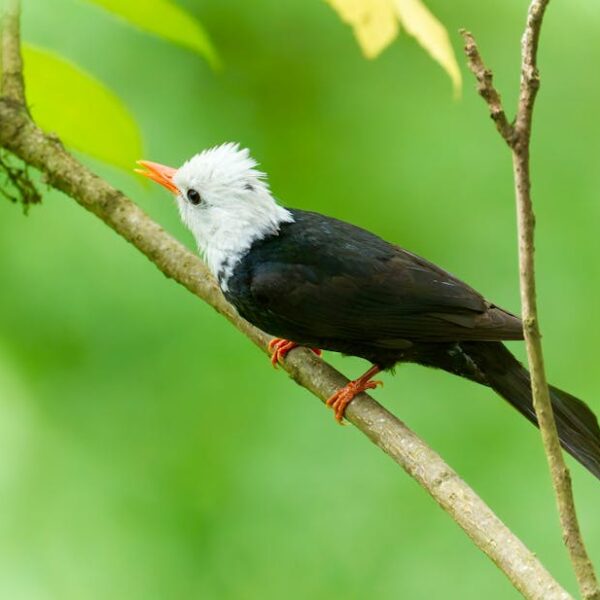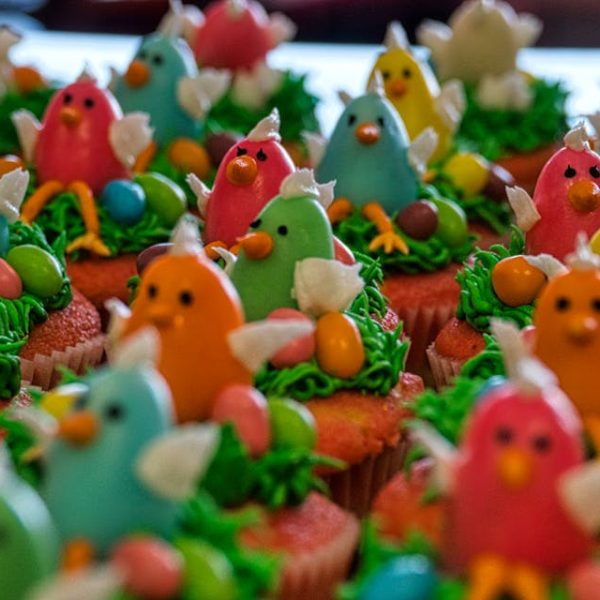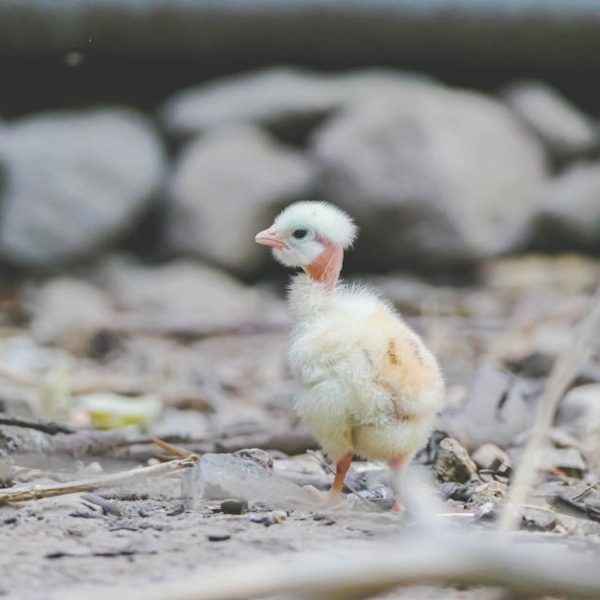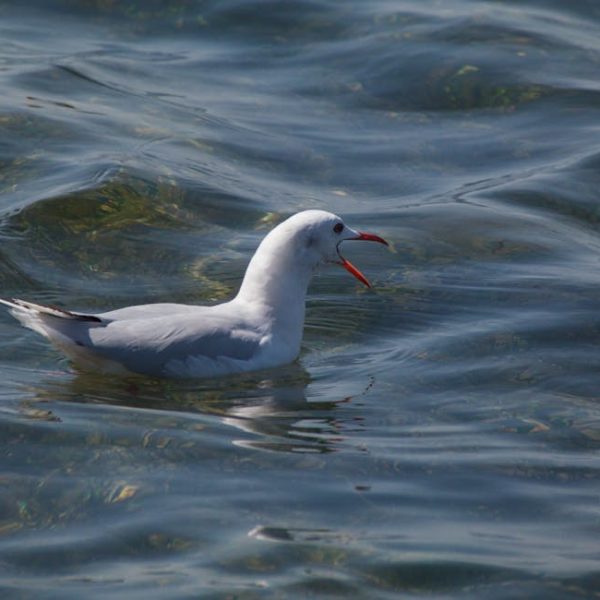Inspirations are bountiful in nature, but few things captivate like the delightful symphony of birds’ songs. Their melodies prompt reflections and stir emotions in listeners, a resonance felt deeply among poets. This article explores the intriguing connection between bird songs and personal emotions, revealing how these enchanting avian harmonies dramatically influence poetic expressions.
Exploring the connection between bird songs and personal emotions
The simplicity and beauty of birds’ melodies, evident at the break of dawn or as dusk descends, have a profound influence on poets. They draw inspiration from bird songs, using these awe-inspiring sounds to explore the vast terrains of human emotions. These songs trigger auditory experiences that undeniably impact humans, eliciting emotional responses that range from joy and serenity to melancholy. Renowned poets such as Emily Dickinson, John Keats, and Robert Frost often employ bird songs as metaphors in their craft, underlining the deep relationship shared by humanity and nature.
Best Practice: To optimize the emotional experience evoked by bird songs, it is pivotal to listen attentively. Absorbing the melodies, rhythms, and pauses within each bird song allows you to connect intimately with these natural phenomena and their potential symbolic meanings.
How bird songs influence the mood and tone of poetry
The distinctive sounds of bird songs can significantly shape the mood and tone of a piece. The play between rhythm, pauses, and melody helps set the atmosphere within the poetry, with the chirping of sparrows implying a joyful daybreak, or the nocturnal hoot of an owl suggesting mystery or solitude.
Comparison:
| Birds | Associated Emotions |
|---|---|
| Sparrow | Joy, Exuberance |
| Owl | Solitude, Mystery |
| Crow | Change, Adaptability |
Pro Tip: When incorporating bird songs into your poetry, consider the emotion you want your piece to convey. Each bird song has its unique rhythm and mood—understanding and embracing these elements can add depth, creating vibrant atmospheres within your verses.
The symbolism of different bird songs in literature and poetry
Just as colors and fragrances bear symbolic meanings, different types of bird songs, too, can embody various expressions and nuances in literature and poetry. The cooing of a dove might symbolize love or peace, while the call of a cuckoo could inspire thoughts of impending change or deceit. The sounds of specific birds allow poets to convey diverse emotions, adding a rich layer of symbolism to their work.
Pros and Cons: Using bird songs as symbols can enrich poetry, bringing versatile and vibrant implications. However, it’s crucial to use these elements subtly and effectively, as overuse can make the piece seem labored and obscure the intended message. Checklist:
- Identify the emotion or theme you wish to convey.
- Choose a bird song that corresponds with or contrasts this theme.
- Incorporate the bird song subtly and organically within the context of the poem.
- Ensure clarity of the intended symbolic meaning.
Understanding the emotional depth and complexity of bird song poetry
Bird songs are not mere sounds but complex melodious structures bearing layers of meanings. They reflect a vast range of emotions—joy, sorrow, anticipation, solitude, and more—mirroring the depth and complexity found in poetry. By their nature, bird song poetry encourages contemplation, allowing readers to unearth and engage with the manifold emotions encoded in the verses.
Comparison:
| Traditional Bird Song Poetry | Contemporary Interpretations |
|---|---|
| Fixed, methodical structure adhering to conventional rhyme schemes. | Relaxed structure with more signature styles and free verse experimentation. |
| Heavily symbolic meanings and interpretations. | Bolder, direct expressions alongside subtle symbolism. |
Pro Tips:
- Reflect on each verse’s rhythm, flow, and punctuation, aligning it to the rhythm of the bird song you’re focusing on.
- Explore the emotional depths. Think about how each element of the bird song might represent or symbolize different human emotions.
- Perform a close reading of the poem, contemplating the layered meanings offered within each line, verse, and stanza.
Implication of bird song in fostering stronger human-nature connections in poetry
Bird songs serve as a bridge connecting humans with nature, and embedding them in poetry only strengthens this bond. The association of emotions and meanings with bird songs makes poetry a powerful medium that promotes a deeper understanding of nature and brings humans closer to it. Poems narrated from bird’s perspectives or using bird songs as motifs can evoke contemplation on our place and role in nature.
Best Practice: If you aim to highlight the bond between humans and nature in your poetry:
- Use bird songs as themes or motifs.
- Imagine and interpret the world from a bird’s perspective.
- Strike a balance between natural observation and emotional interpretation.
- Keep the language authentic, allowing the readers to form a deeper connection with the natural world.
By understanding how bird songs influence our emotions, we can engage with poetry on a deeper level. This connection—one that fosters a sense of unity with nature and heightens our emotional response—is something every aspiring poet should strive to understand and incorporate. After all, the essence of poetry lies in its ability to reflect our emotions and experiences while harmonizing them with the rhythm of the world around us.
Key Takeaway:
- Bird songs have a profound influence on poetry, inspiring the creation of emotive, captivating verses.
- The unique sounds, rhythms, and melodies of bird songs can dictate the mood and tone of poetry, from joy and peace to melancholy and solitude.
- Bird songs can act as powerful symbols within poetry, with the cries of different birds representing a range of emotions and themes.
- The complexity and emotional depth of bird songs can be mirrored within poetry, complementing layered meanings and emotional nuances.
- Bird songs can facilitate a stronger human-nature connection in poetry, encouraging contemplation of our relationship with the natural world.
Embrace the harmonious symphony of birds’ songs as they resound within the verses of poets, inspiring creativity, triggering emotions, and fostering a deeper connection with nature. May these insights guide your journey in understanding, appreciating, and crafting bird song poetry, highlighting the bond between humans and the natural wonders surrounding us.
FAQs
Q: Can other elements in nature also act as symbols in poetry?
A: Absolutely! Poets often use a wide range of natural elements as symbols in their work, such as flowers, rivers, mountains, and changing seasons, conveying various emotions and themes.
Q: How can I further develop my ability to perceive the symbolism in bird song poetry?
A: Practice is key! Read more poetry that incorporates bird songs, reflect on their intended meanings, and listen carefully to bird songs in nature to familiarize yourself with their unique sounds.
Q: Are there other emotional responses to bird songs apart from joy, peace, and melancholy?
A: Yes, bird songs can evoke a wide range of emotional responses including nostalgia, anticipation, or even discomfort, depending on personal experiences and perspectives.
Q: How can I effectively incorporate bird songs into my own poetry?
A: Start by considering the emotion or theme you want to convey, then select a bird song that aligns with this. Incorporate the elements subtly and organically into your verse, ensuring the intended meaning is clear.
Q: How can bird song poetry enhance our understanding of nature and its relationship with us?
A: Bird song poetry encourages us to reflect on the natural world, interpret and articulate our responses to it, and contemplate our place within it. This can foster a deeper understanding and stronger connection with nature.
Please feel free to share this article with anyone who might appreciate the magnificent union between bird songs and poetry. Explore our other posts to uncover more insights about literature and nature’s influence on human emotions.
